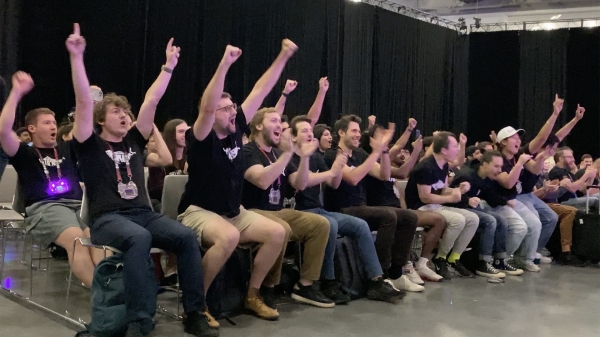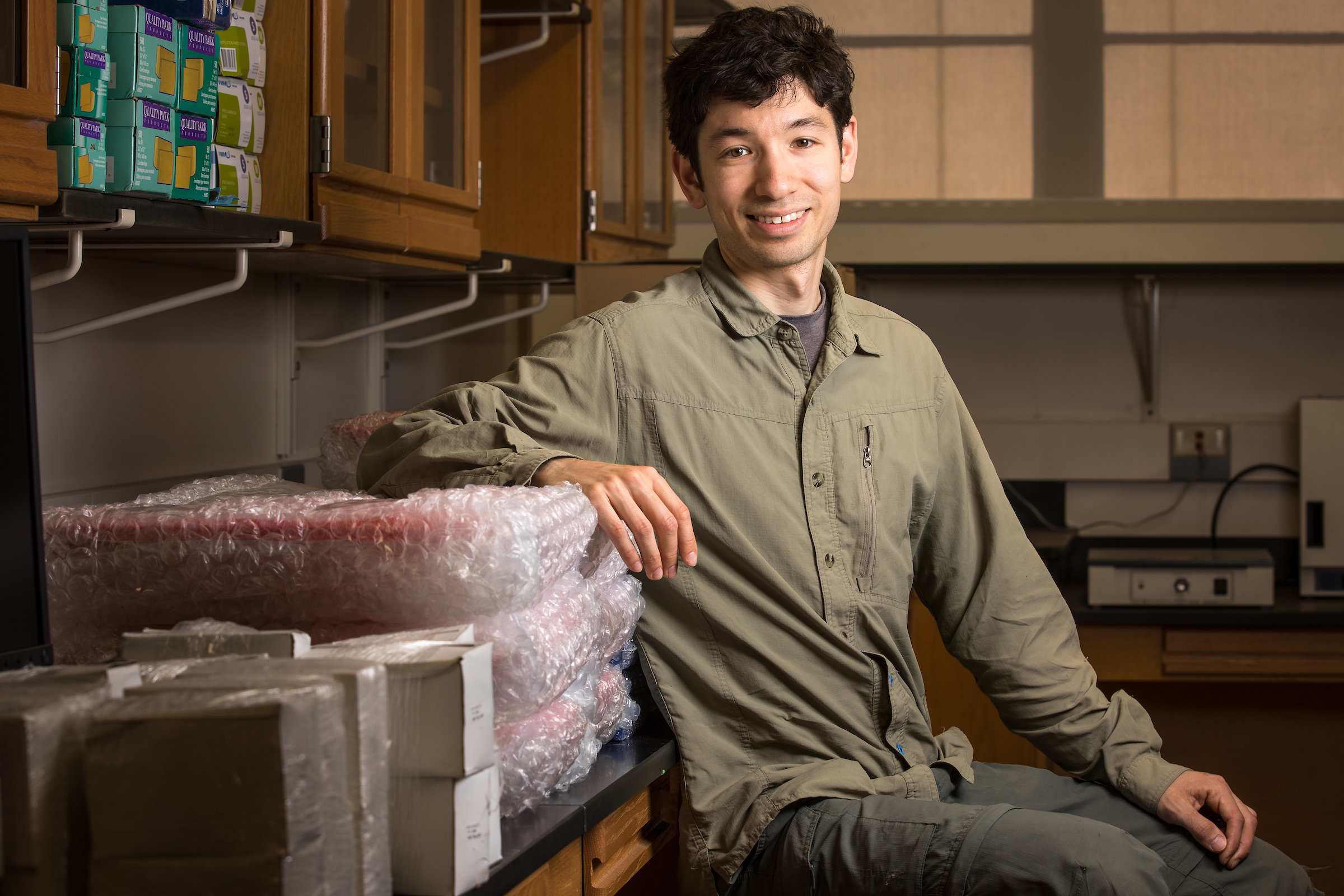Benjamin Blonder's frame of reference for heirloom foods goes far beyond Berkshire pork or San Marzano tomatoes.
Custard apples. Sapodilla fruit. Brazil plums. Cacao.
All of them go back before the arrival of humans in the Western Hemisphere, when they were snacked on by enormous animals known as megafauna.
Blonder, an assistant professor in the School of Life Sciences at Arizona State University, co-authored a paper published earlier this month in the Proceedings of the National Academy of Sciences that posits that after megafauna like the giant ground sloth became extinct, humans expanded the range of the foods they ate, rather than contracting the areas where the foods grew.
Most of the fruits that have lasted all these tens of thousands of years are exotic to the average American, but are still being sold and eaten in markets in places like Lima, Peru, or Guayaquil, Ecuador.
“One of the big takeaways from this study is that as we seek to diversify human diets and move back to food systems that are less dependent on a small set of crops, it’s incredibly important to think about this bigger legacy of species that humans have used in the past and that megafauna before them have also used for food,” Blonder said.
Traditionally, the idea that humans killed off a vast number of animal species that dispersed plant species has been seen as a negative.
“Think of an avocado,” he said. “You can’t think of many animals that could swallow an avocado whole and then excrete that seed kilometers away, allowing that population to spread. The classic idea has been: You lose the megafauna, you lose the dispersal capability, and many plant populations, especially the large-seeded ones, suffer as a consequence. … What this study is showing is that a lot of that slack has actually been taken up by humans instead. While we’re good hunters, we’re also very good dispersers. While we may not be dispersing for the purpose of helping the landscape directly, we disperse for the purpose of feeding ourselves and that result is the same.”
Assistant Professor Ben Blonder recently joined the School of Life Sciences, where he'll continue his research on food sources from tropical areas and their introduction to the modern North American diet. He sits in his new lab, yet to be set up, on March 20. Photo by Charlie Leight/ASU Now
Ironically, human diets are shrinking in variety all over the world, Blonder said. There’s a huge amount of evidence published showing that diets for the most part are homogenizing on a global scale.
“The set of species and crop types that people are using for food is converging towards a much smaller set of crops, a smaller set of grains,” he said. “Many traditional roots and fruits are now being consumed and traded at much lower levels than they have historically. We’re losing a lot of our heritage and our legacy on that front.”
There are a lot of foods eaten by indigenous people that are being ignored by the world at large. Diets need to be rediversified, Blonder said.
“One of the exciting things about this study is the set of fruit species that people have eaten in the past and could eat now is much larger than the one that most are accustomed to eating,” he said.
The Sonoran Desert has several hundred native species used by Native people, he pointed out. If no more food was being trucked into Arizona, “you would find that there are actually a huge number of species out here that would sustain people, should we choose to use them.”
“We have this multi-thousand-year legacy of human use of plants on our landscapes,” Blonder said. “I think what this study does is help us understand the scope and scale of that legacy and teaches us that we may be able to begin using it again.”
For an in-depth look, read the paper, “Human diets drive range expansion of megafauna-dispersed fruit species.”
Top photo: Cocoa beans in cocoa pod at El Trapiche, Costa Rica. Photo by Aude; courtesy of Wikimedia Commons.
More Science and technology

ASU travel behavior research center provides insights on the future of transportation
The Center for Teaching Old Models New Tricks, known as TOMNET, has spent the past seven years conducting research and developing tools to improve transportation systems planning methods and data.As…

When suspect lineups go wrong
It is one of the most famous cases of eyewitness misidentification.In 1984, Jennifer Thompson was raped at knifepoint by a man who broke into her apartment. During the assault, she tried to make a…

Jackpot! ASU hackers win $2M at Vegas AI competition
This August, a motley assortment of approximately 30,000 attendees, including some of the best cybersecurity professionals, expert programmers and officials from top government agencies packed the…

